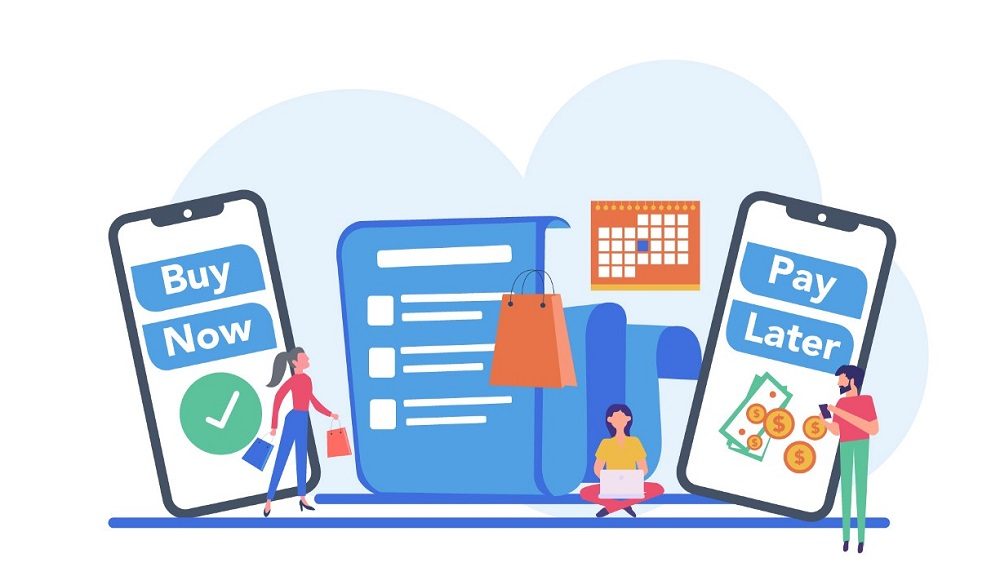
Understanding “Buy Now Pay Later”

Buy Now Pay Later (BNPL) is a payment method that has become increasingly popular recently. It allows consumers to purchase items without paying the full amount upfront and instead spread the cost over a period of time.
What is Buy Now Pay Later?
Buy Now Pay Later is a payment method that allows customers to purchase items and pay for them in installments, typically throughout 6 to 12 months. This payment method is popular among online retailers and e-commerce platforms like Amazon, Walmart, and Best Buy. BNPL services are usually offered by third-party providers, such as Klarna, Afterpay, and Affirm.
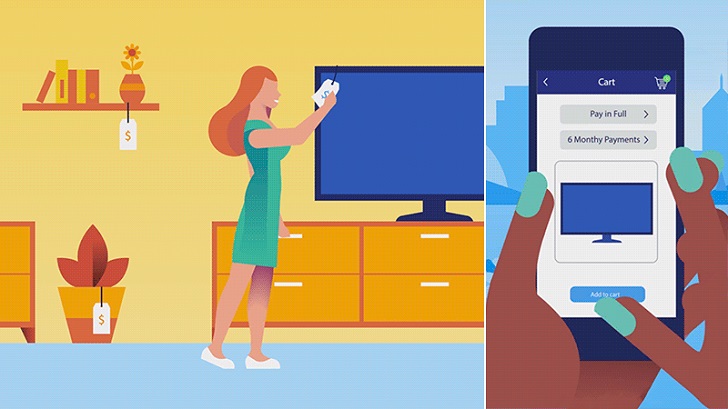
Visa/ Facebook | BNPL services are popular among millennials and Gen Z consumers
How Does BNPL Work?
When customers select BNPL as a payment option, they are typically required to provide basic personal information, such as their name, address, and date of birth. They may also be asked to provide their employment details and income. Once the customer’s information is verified, they can pay for their purchase in installments over a set period, usually 2 to 12 months.
Benefits of BNPL
One of the main benefits of BNPL is that it allows consumers to purchase items without paying the full amount upfront. This can be particularly useful for those on a tight budget or who cannot afford to pay for large purchases in one go. BNPL can also be a good option for those who want to spread the cost of a purchase over a longer period of time.
Another benefit of BNPL is that it can help to improve credit scores. This is because when a customer uses BNPL and makes regular payments, it shows that they are responsible with their finances and can make payments on time. This can help to improve their credit score over time.
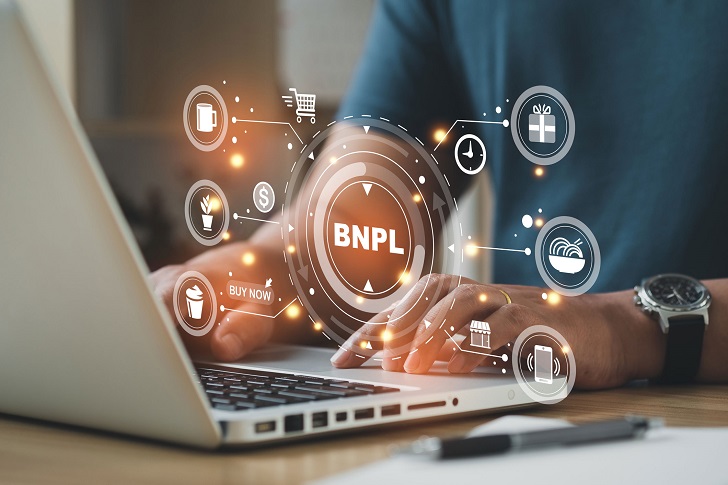
Pixabay/ Pexels | There were 360 million BNPL users worldwide in 2022
Drawbacks of BNPL
While BNPL can be a useful payment option for some, it has some drawbacks. One of the main drawbacks is that it can encourage consumers to spend more money than they can afford. This is because BNPL makes it easy for consumers to purchase without paying the full amount upfront. As a result, consumers may be tempted to make purchases they cannot afford to pay back in full.
Another drawback of BNPL is that it can be expensive. Many BNPL providers charge interest rates, which can be higher than traditional credit cards. This means that if consumers cannot pay back their BNPL payments on time, they may pay significant interest charges.
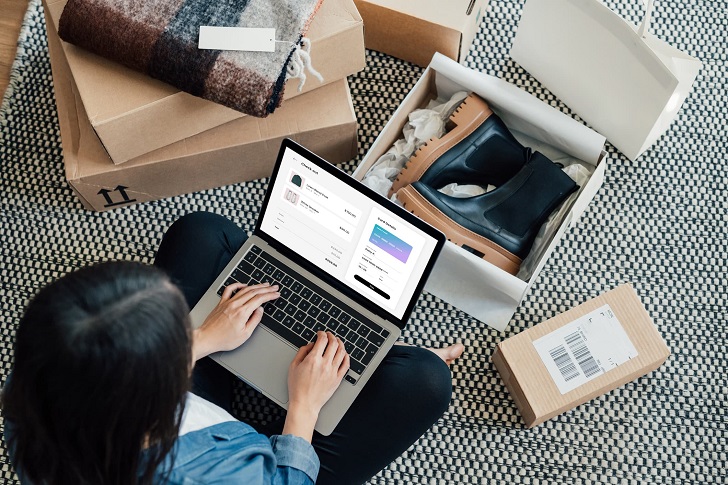
Oscar Wong/ Moment | Getty Images | As BNPL continues to grow in popularity, retailers and other organizations that do not have this option could fall behind
Future Outlook of BNPL
The future of BNPL looks bright, with the payment method continuing to gain popularity among consumers, according to a report by Worldpay, the global BNPL market is set to grow by 46% between 2020 and 2025, reaching a value of $995 billion. This growth is expected to be driven by increasing consumer demand for alternative payment options, particularly among younger consumers.
In addition, many traditional lenders and credit card providers are starting to offer BNPL services to compete with third-party providers. This will likely drive further growth in the BNPL market and increase provider competition.
More in Legal Advice
-
`
Santo Spirits: Sammy Hagar and Guy Fieri’s Joint Venture
In the world of business partnerships, some combinations might seem unconventional at first glance. But when you delve deeper into the...
November 16, 2023 -
`
Everything You Need to Know About Mortgage Rate Lock
You have probably embarked on the exciting yet nerve-wracking voyage of purchasing a home. Amidst the sea of paperwork, open houses,...
November 9, 2023 -
`
7 Effective Ways to Make Your Business More Sustainable
In an age of rising environmental consciousness, making your business more sustainable isn’t just a trend; it’s a necessity. Sustainable practices...
November 3, 2023 -
`
Housing Market Going Up? Then Why Not Rent?
“Buy a house! It is the best investment!” How many times have you heard that? Probably enough to make a drinking...
October 29, 2023 -
`
Surprising! Celebs Who You Didn’t Know Had a Master’s Degree
When it comes to celebrities, we often associate them with glitz, glamour, and blockbuster movies. But did you know that some...
October 17, 2023 -
`
Navigating the Housing Maze: The 7% Mortgage Rate Quandary
If there is one thing that this year has thrown our way (apart from those fascinating tech gadgets we did not know...
October 12, 2023 -
`
Where to Buy a House in the U.S With a $100K Salary
Got a cool $100,000 annual paycheck in your pocket? Cheers to that accomplishment! With such a financial cushion, dreams of homeownership...
October 6, 2023 -
`
The “Grave” Housing Crisis Forcing U.S. Homeowners to Sell Their Houses
Every culture has its dreams and aspirations. For those living in the United States, it has traditionally been an idyllic house, spacious and...
October 1, 2023 -
`
Why Private Equity is Betting Big on Hollywood
Hollywood has long been a glamorous yet unpredictable industry. But what is new in Tinseltown? Private equity investments. Yes, that is right!...
September 19, 2023


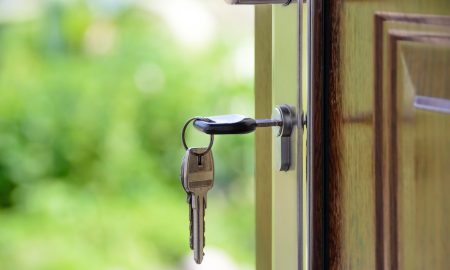





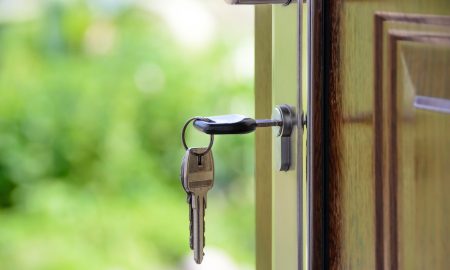



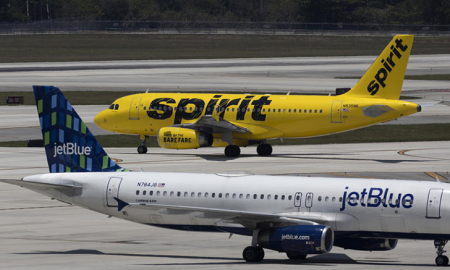


You must be logged in to post a comment Login